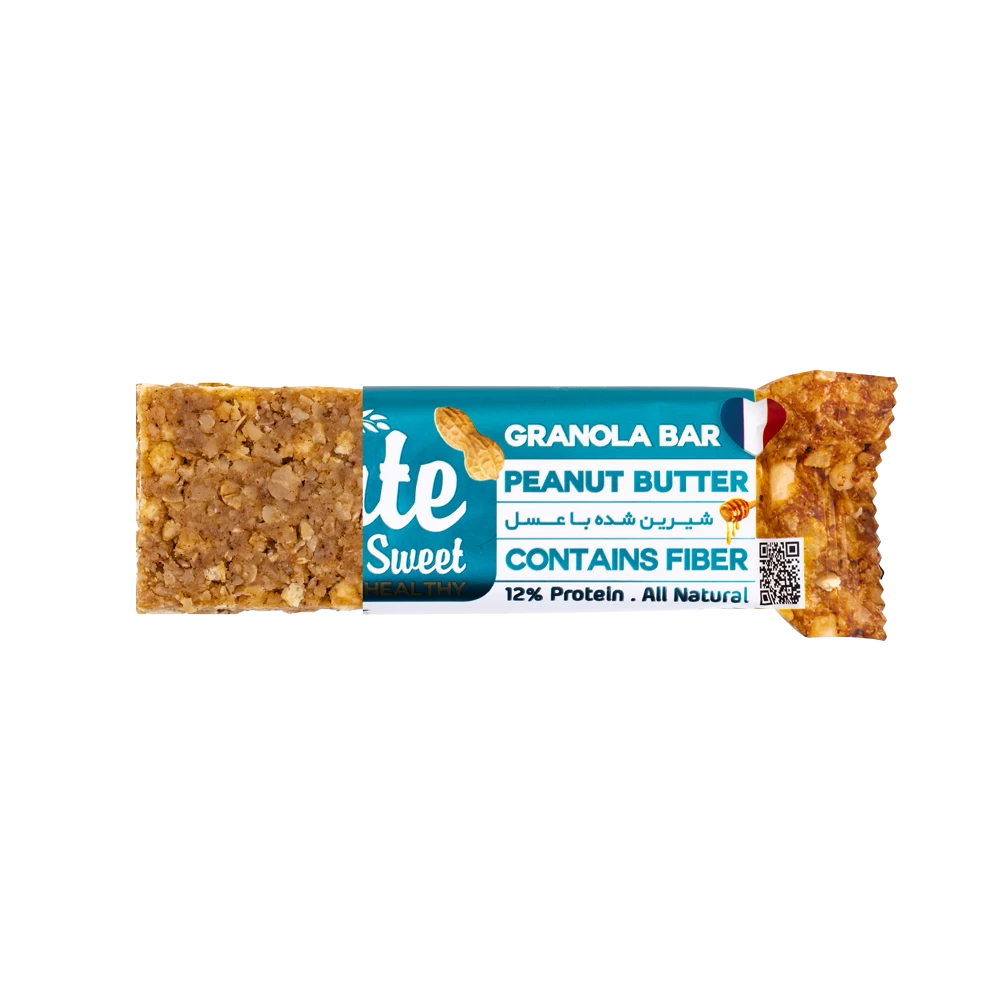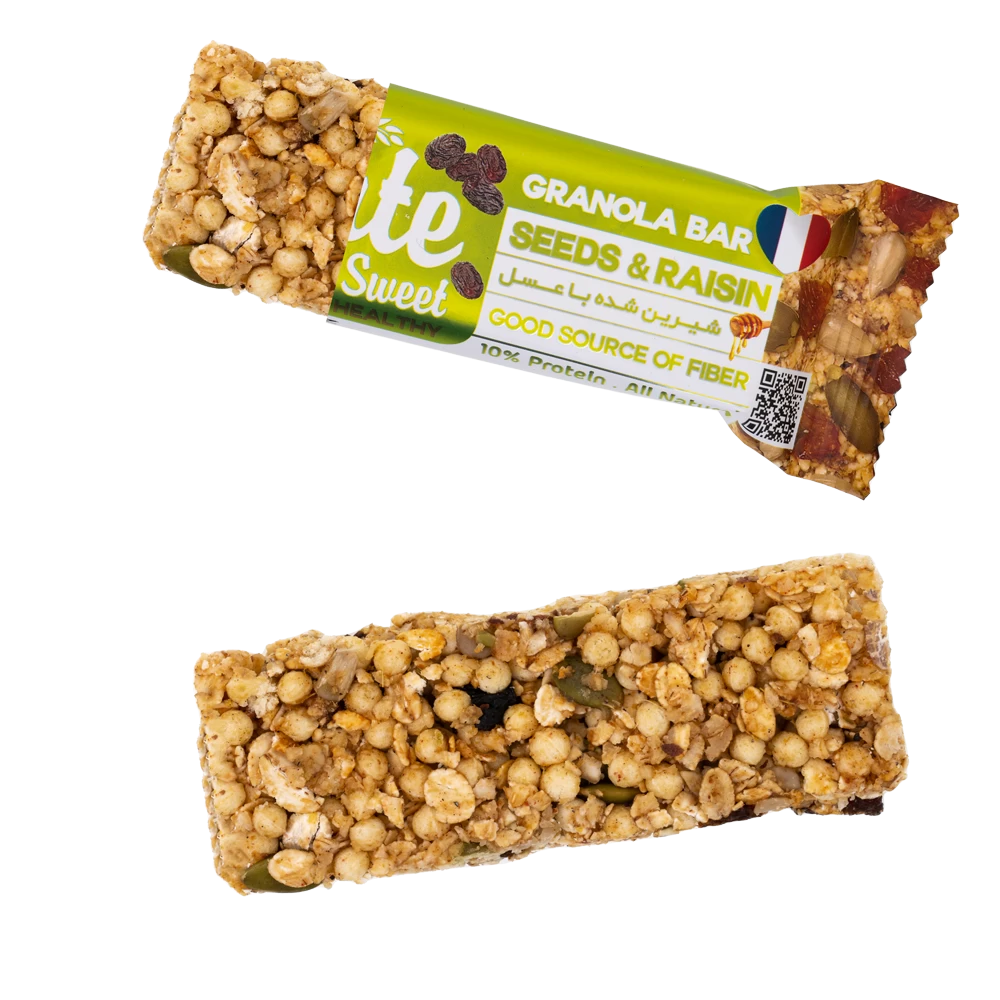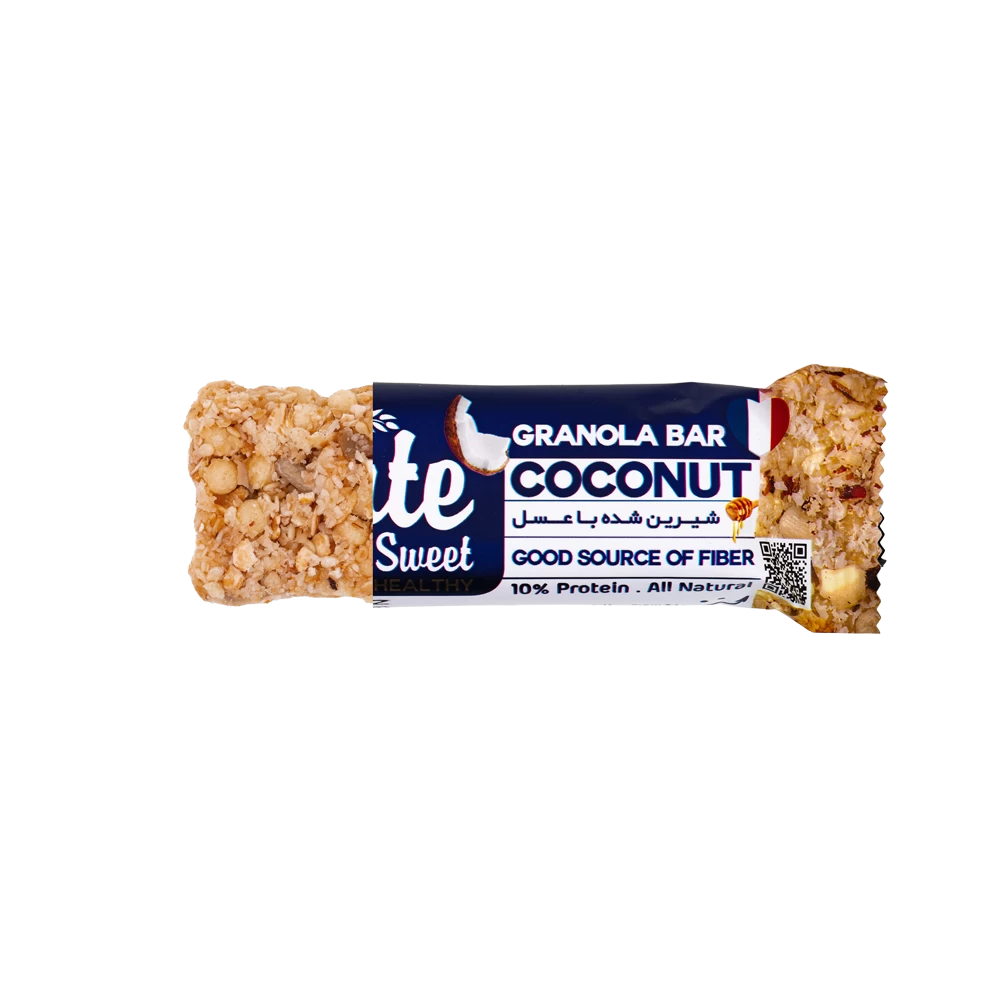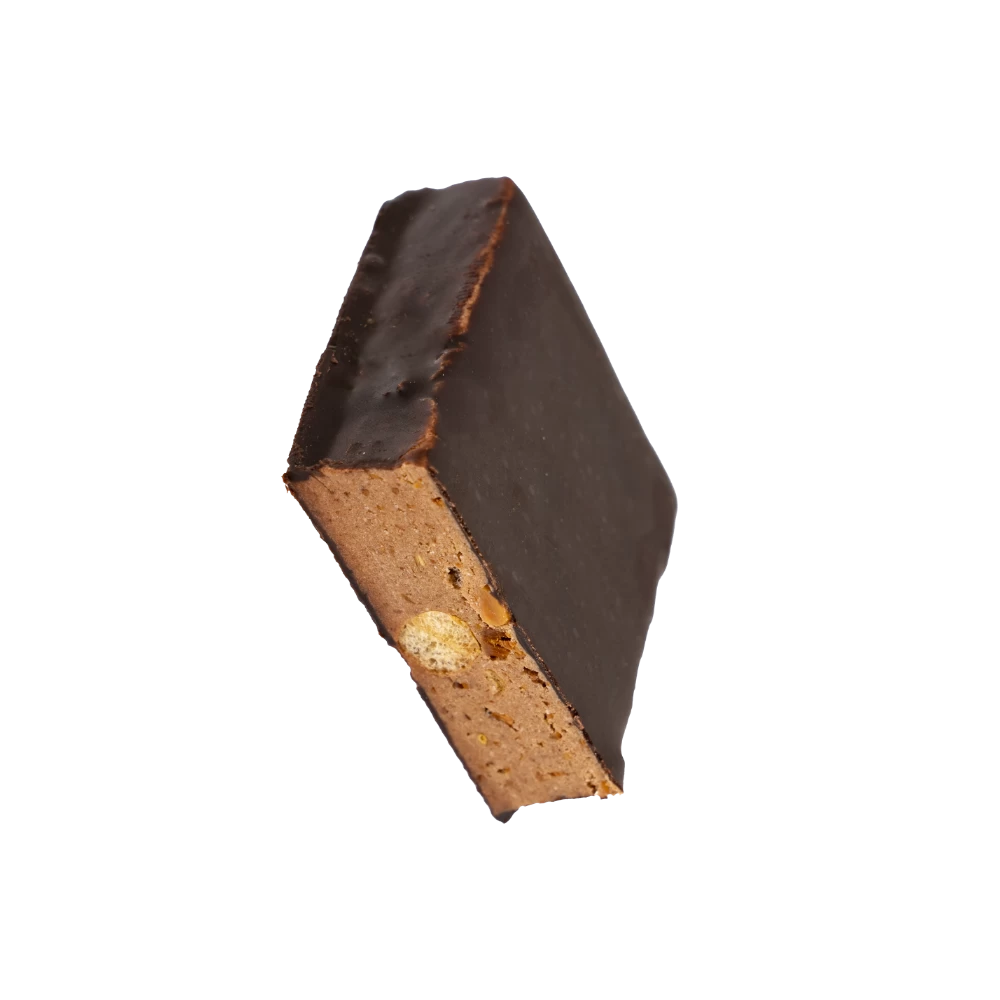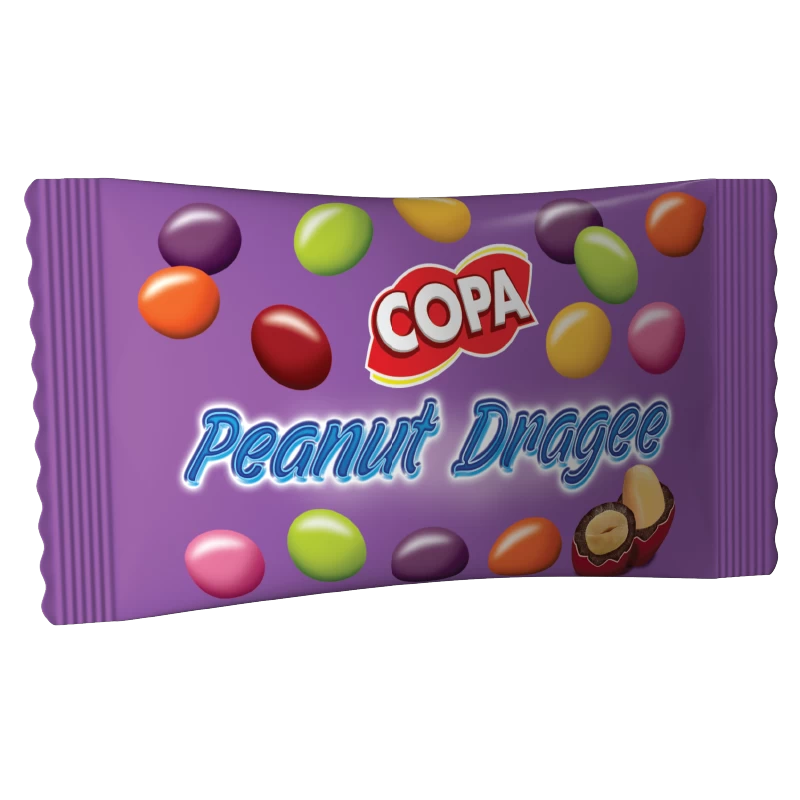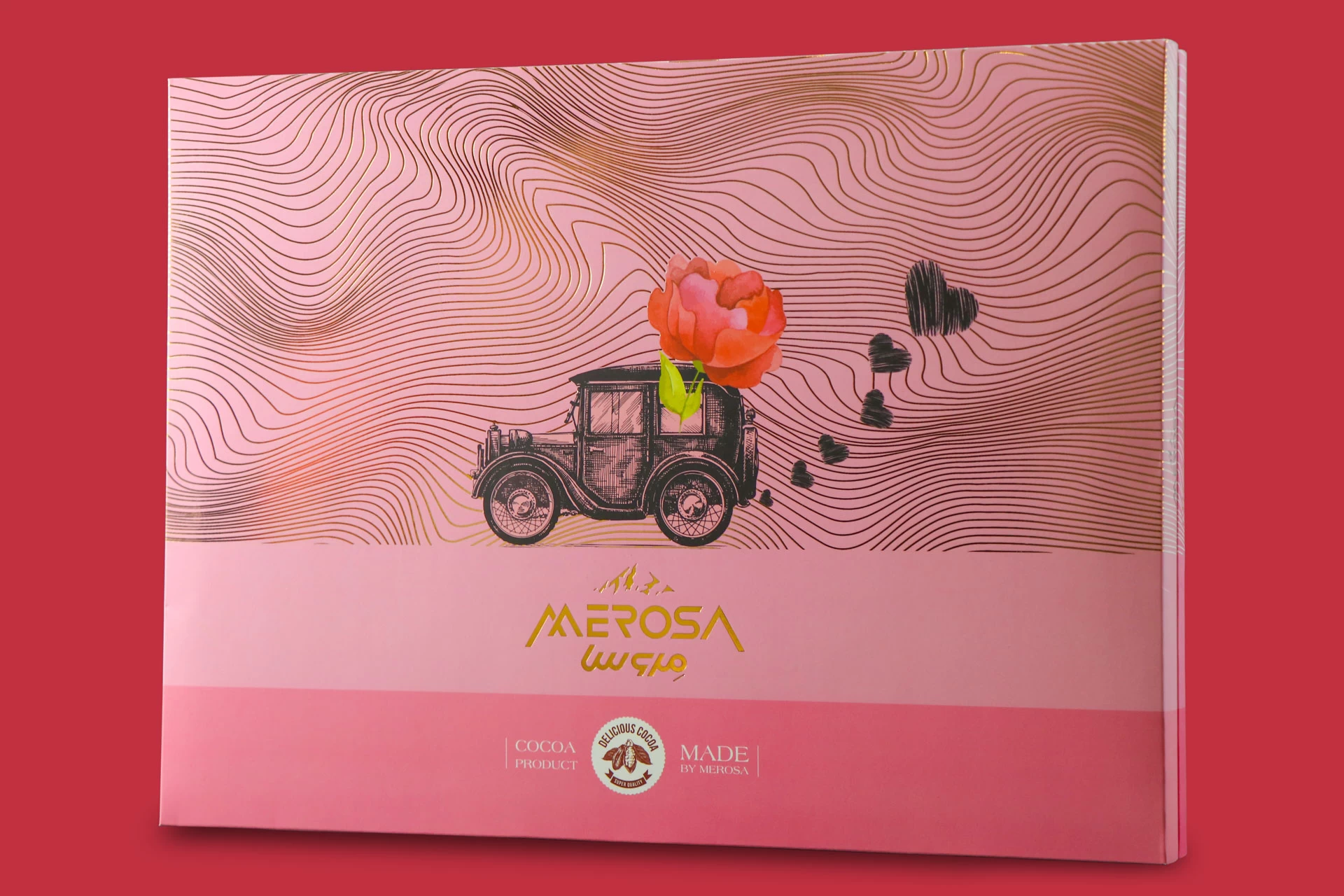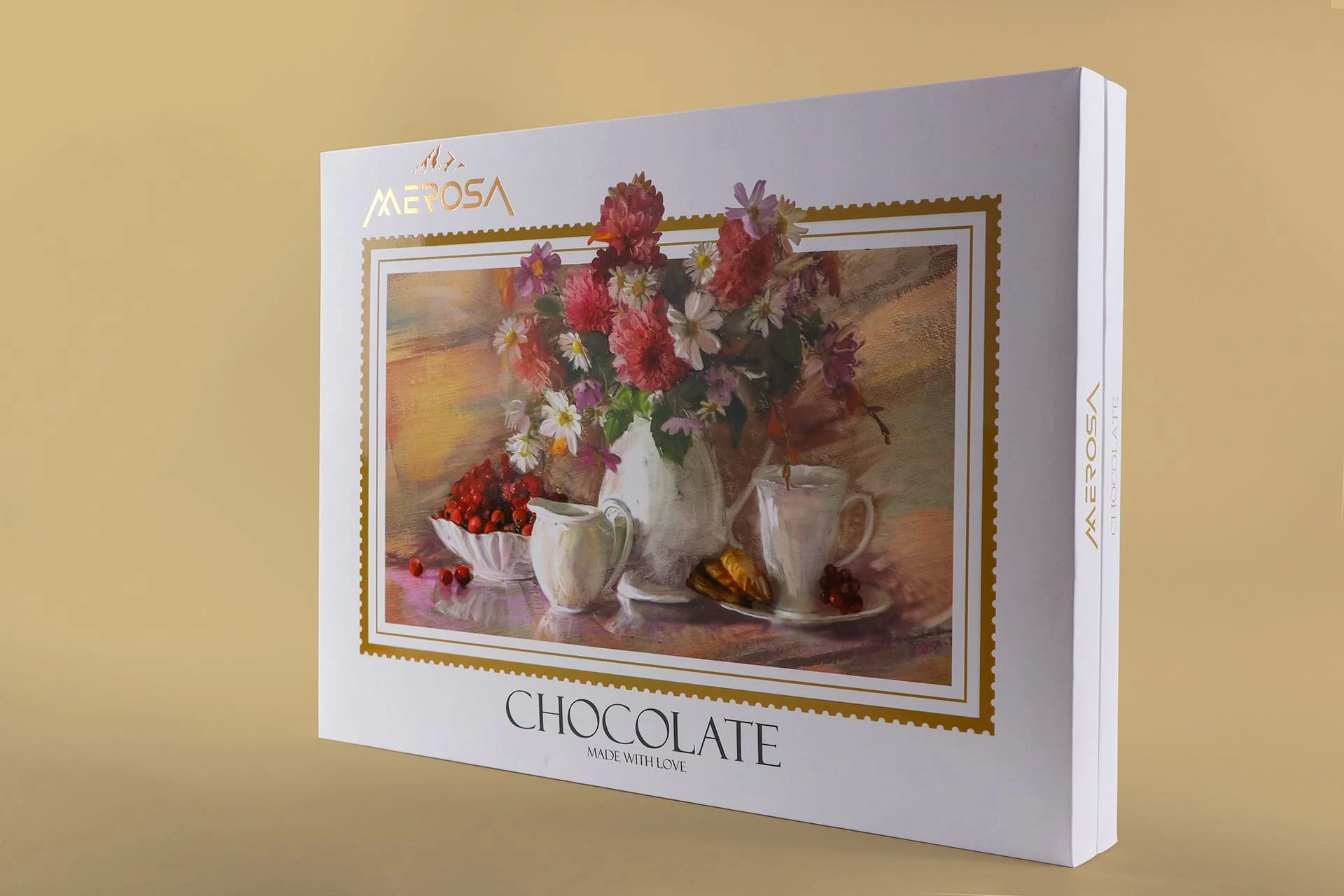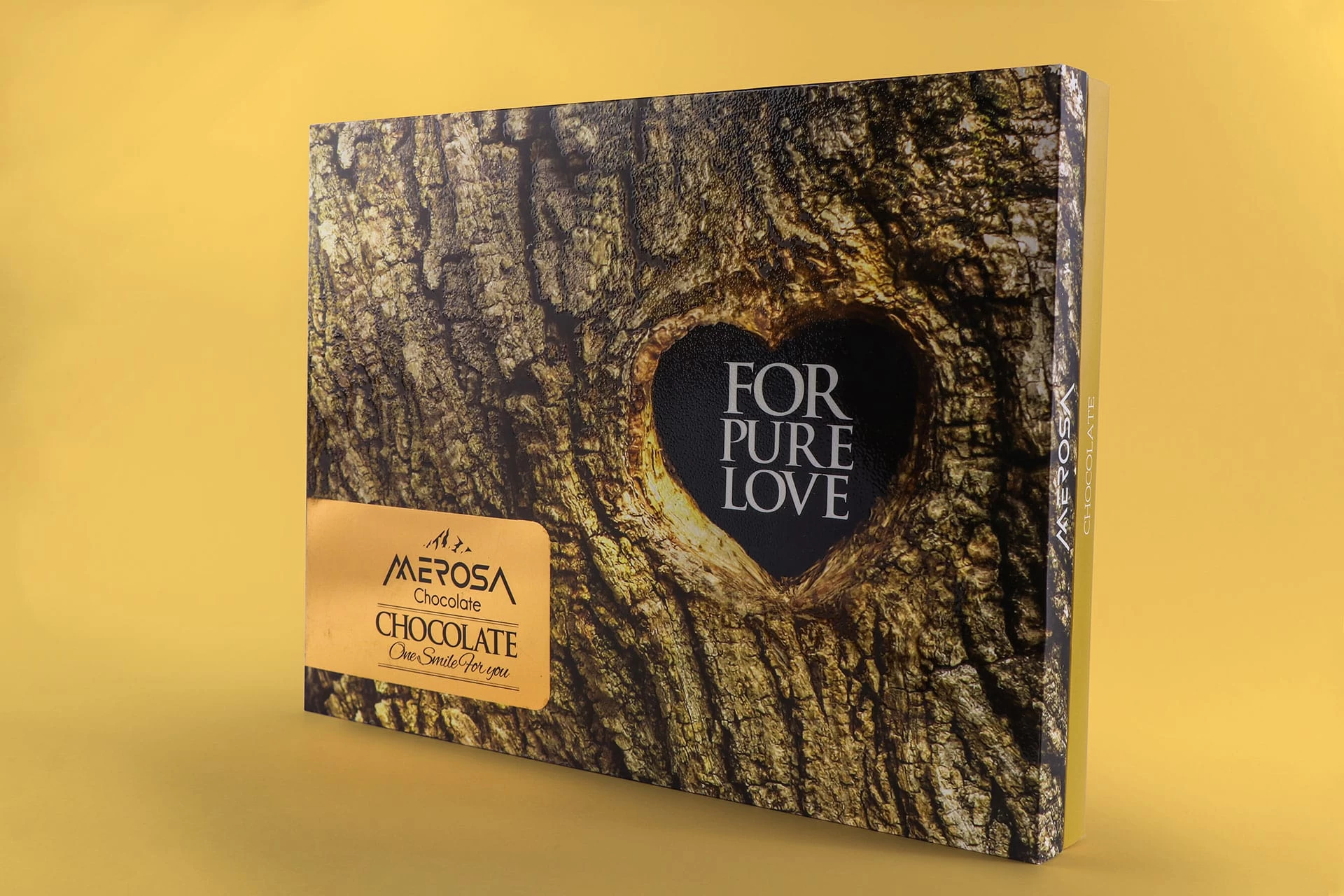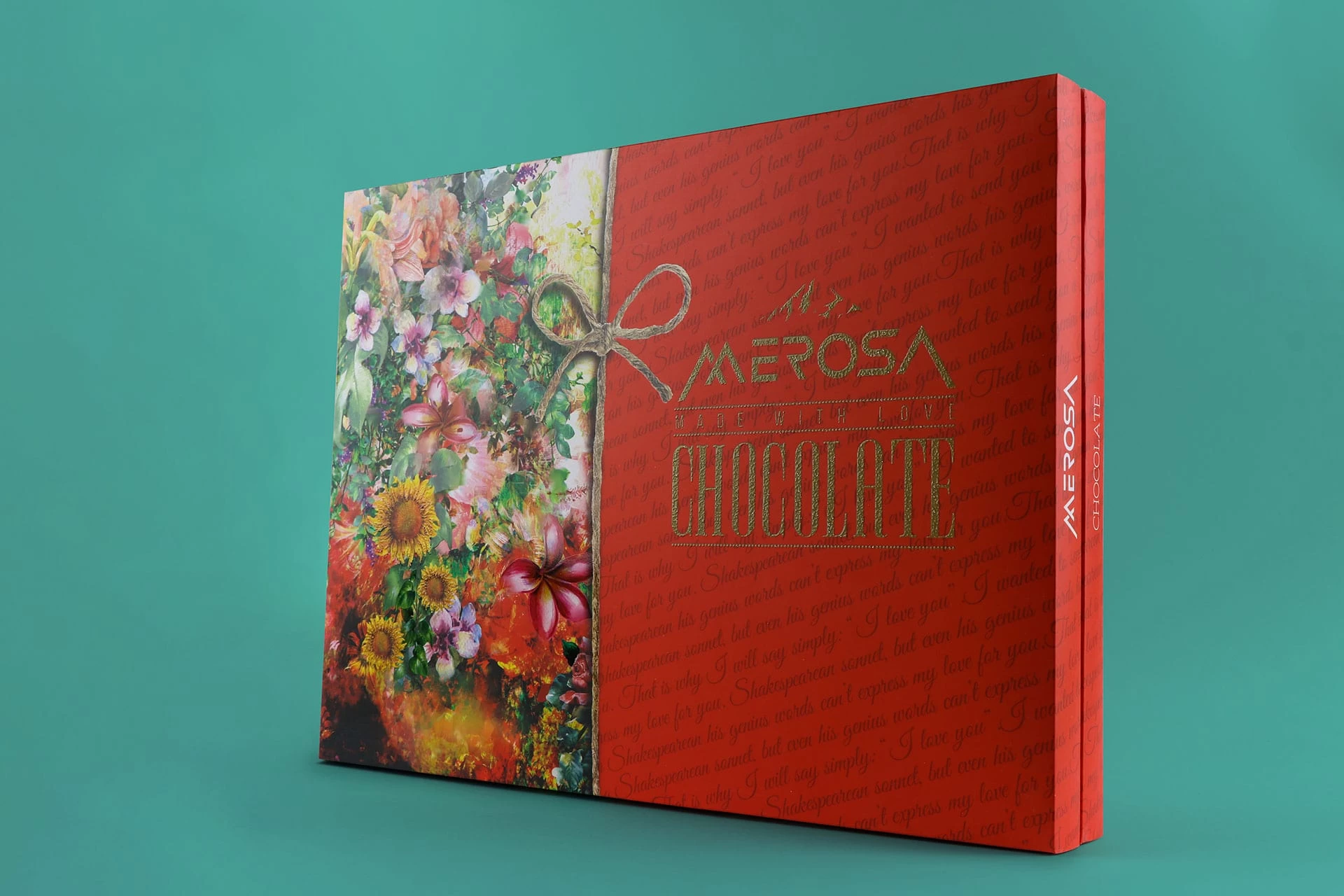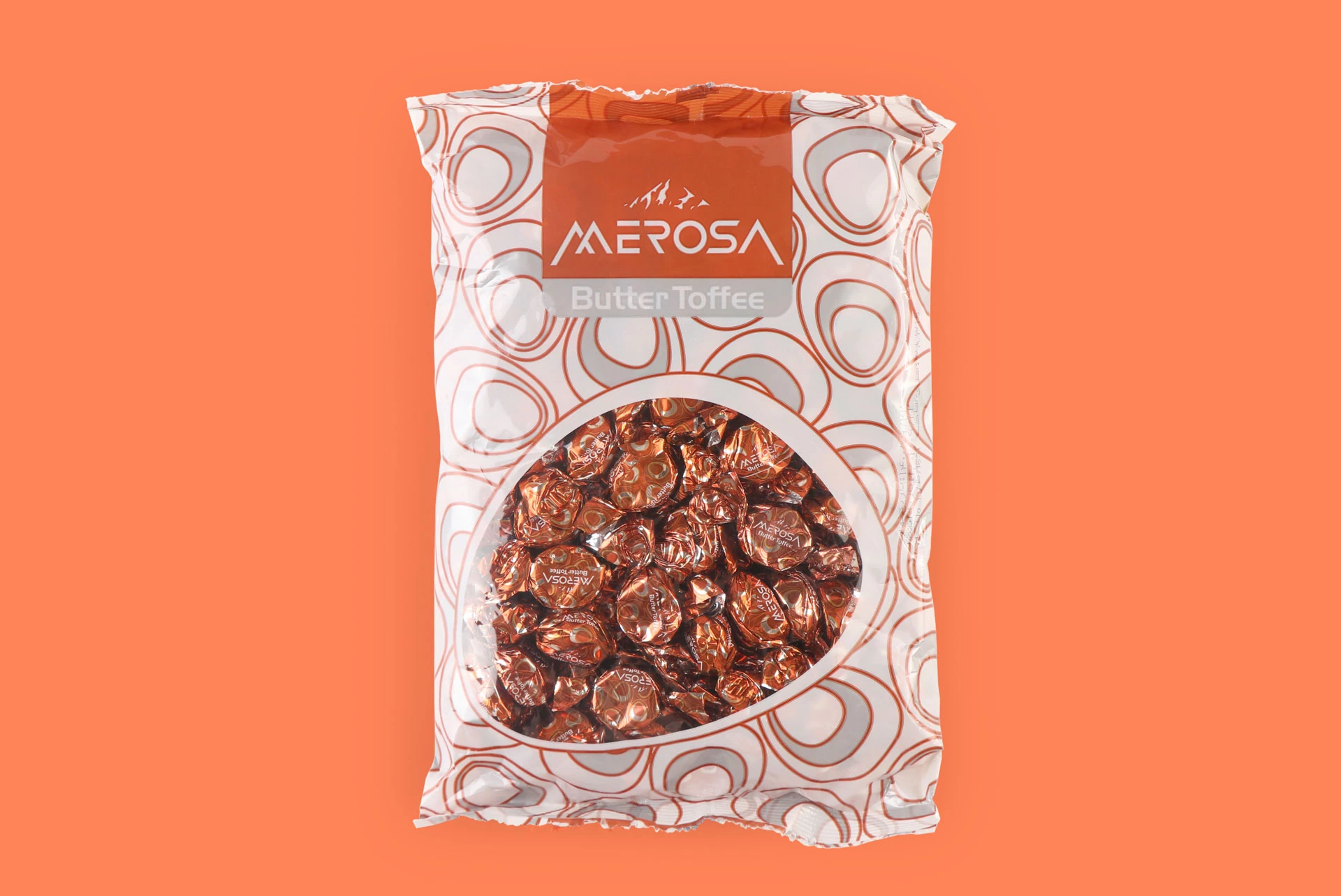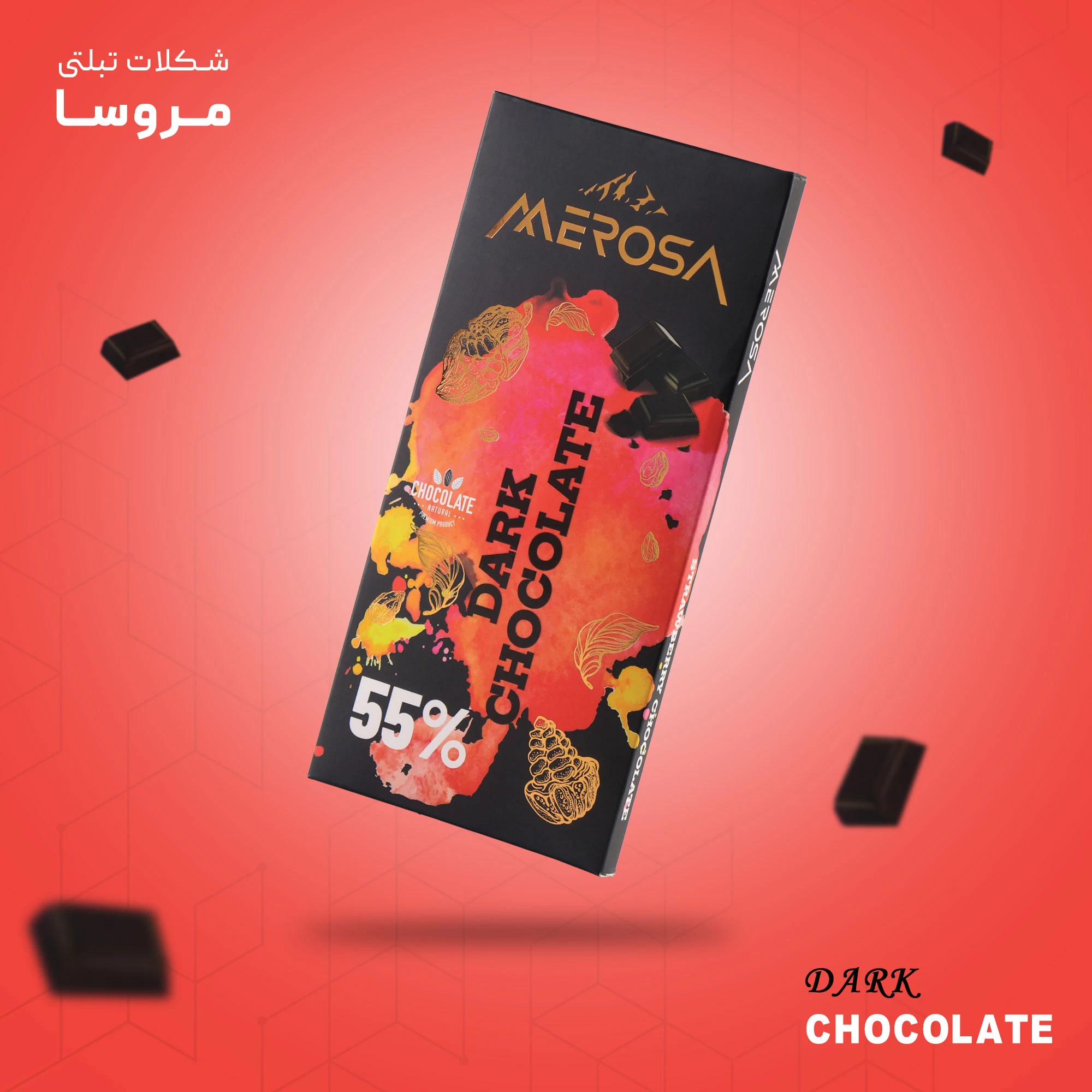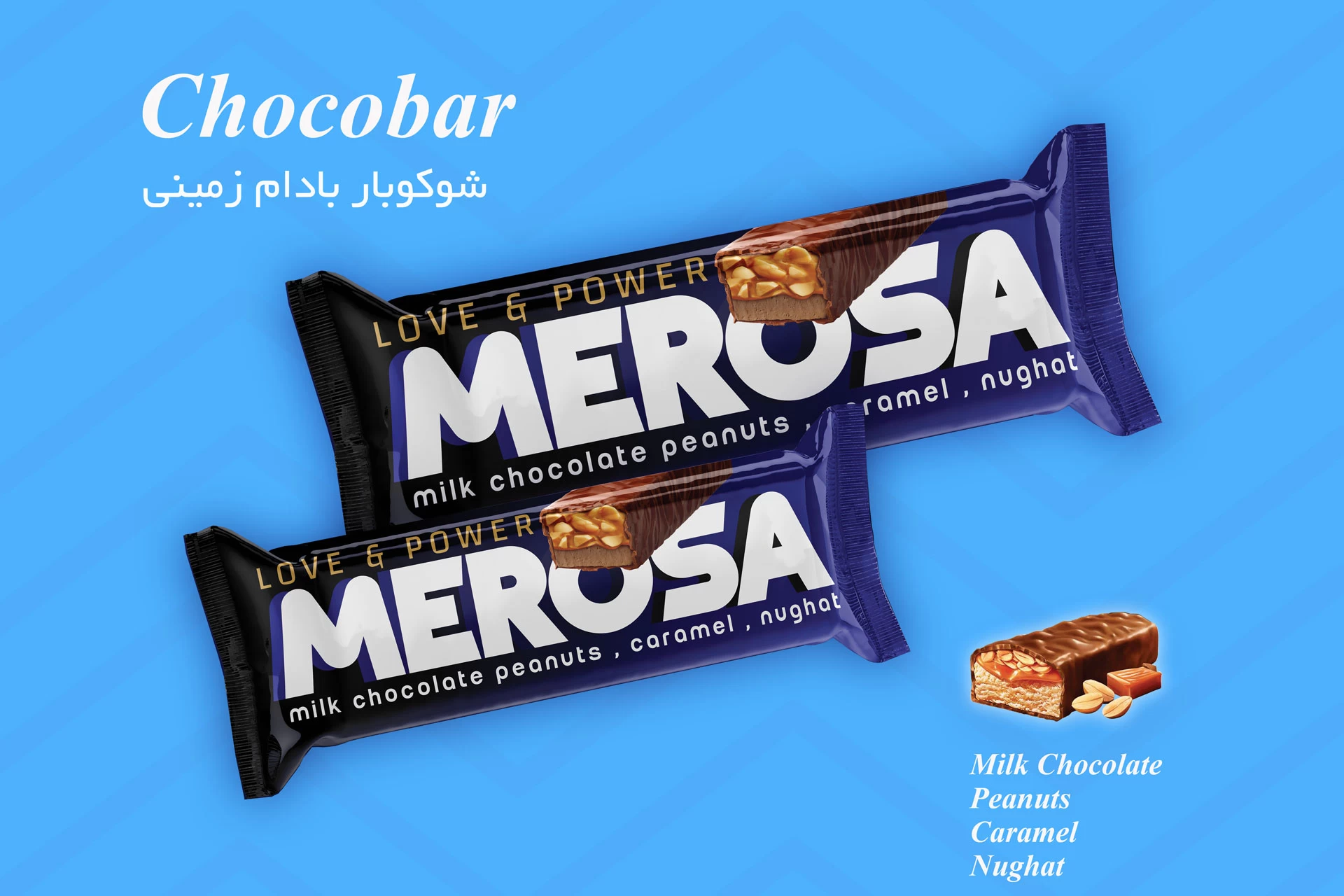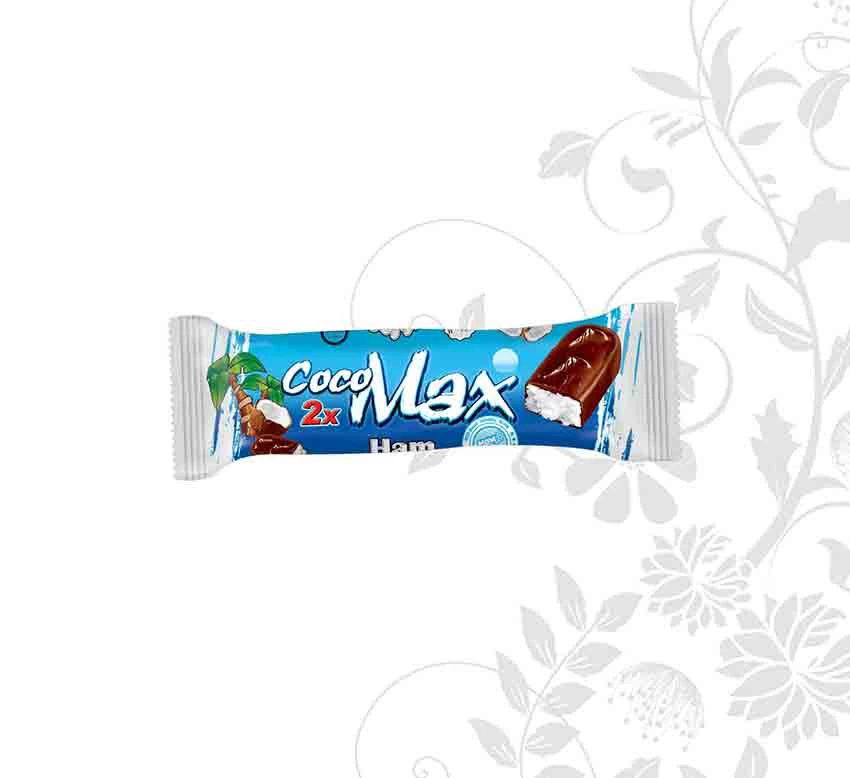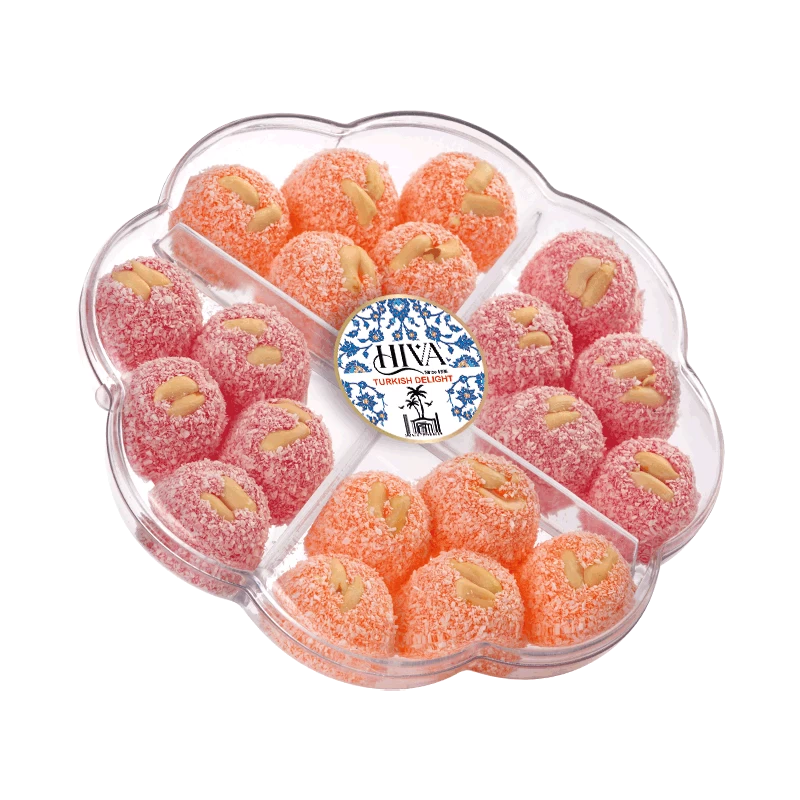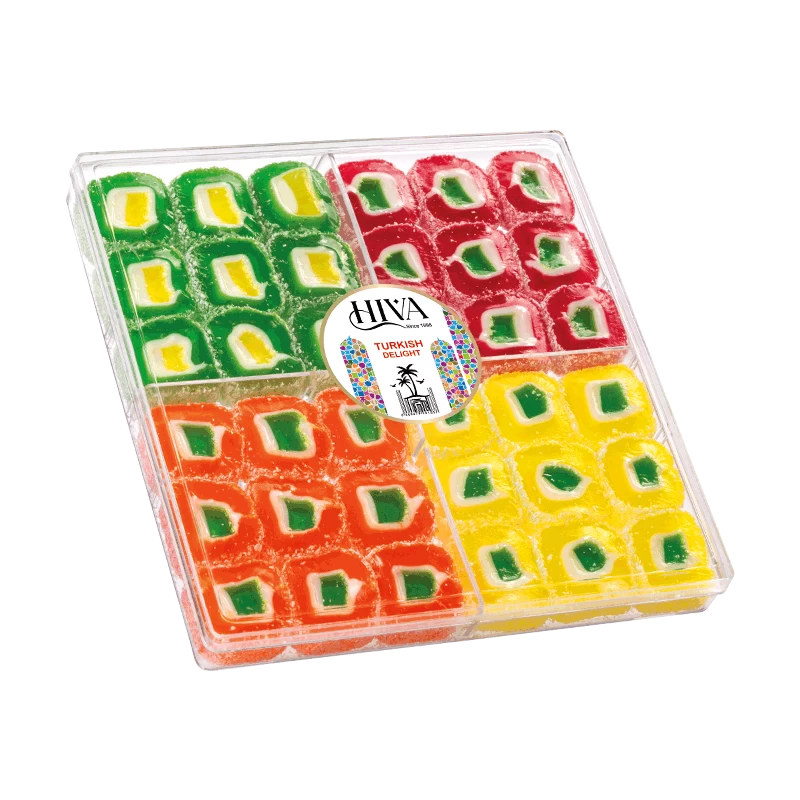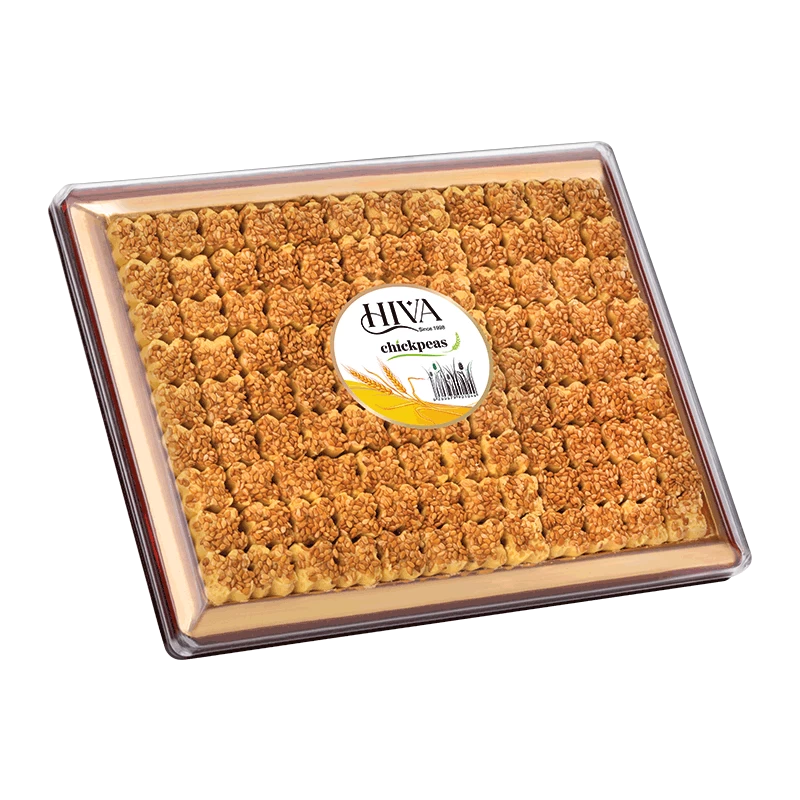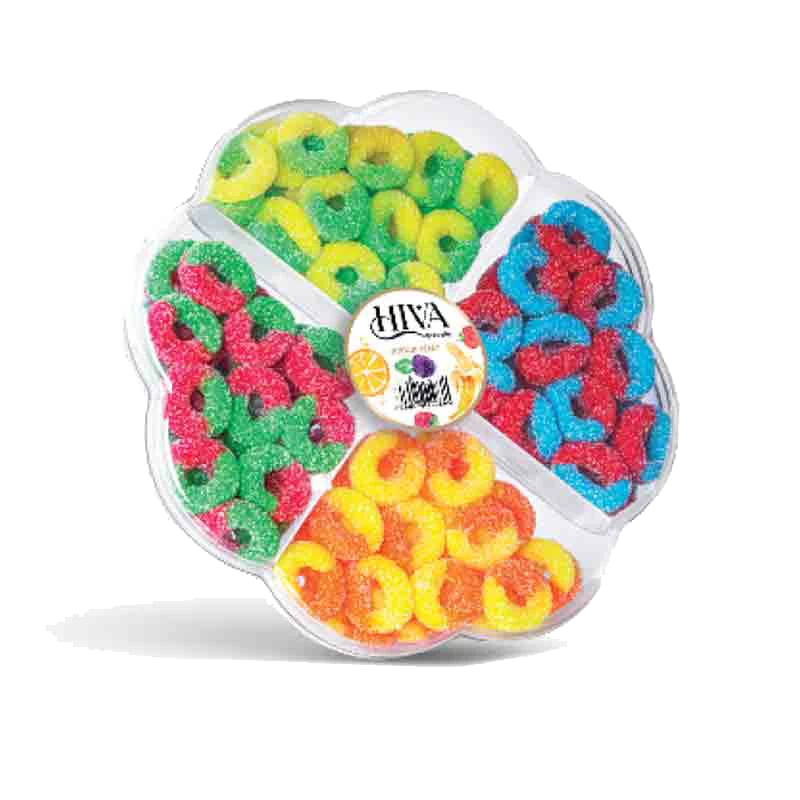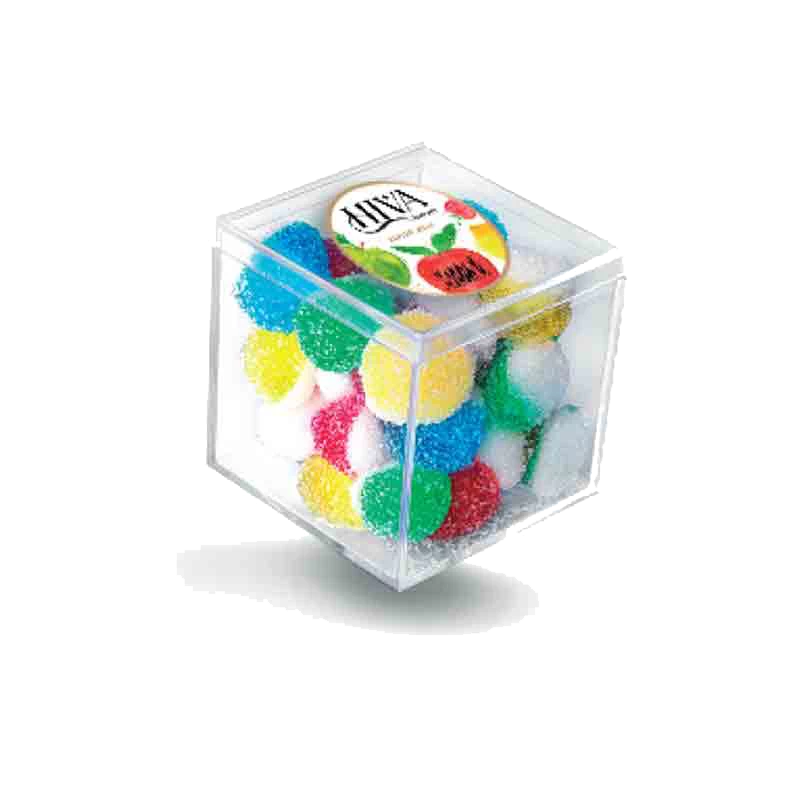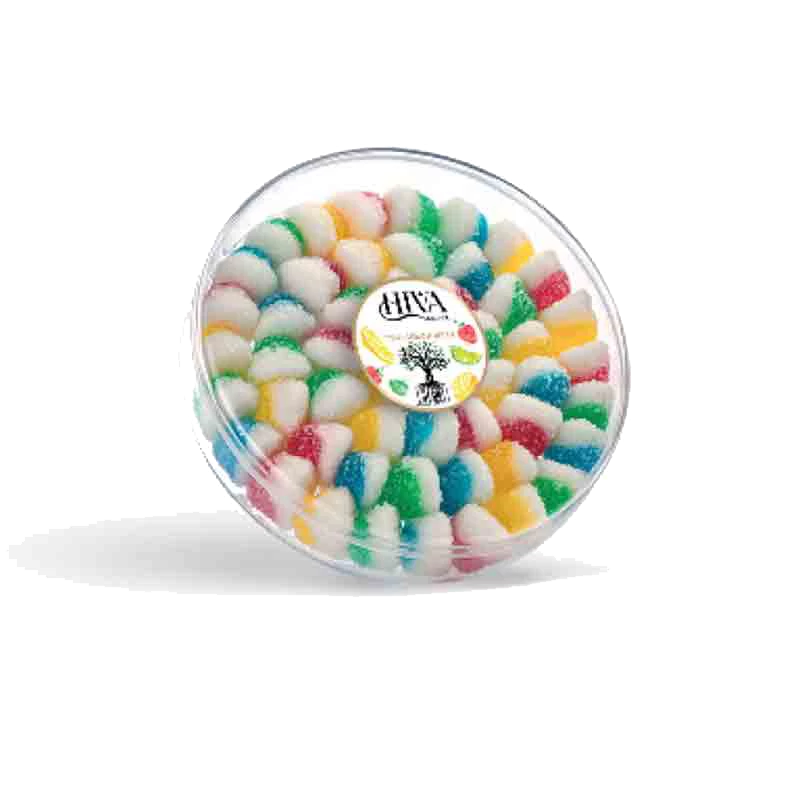chocolate
Chocolate is a beloved food derived from the cacao bean. It's used in various forms, including bars, beverages, and as an ingredient in many desserts. Chocolate is produced by roasting and grinding cacao beans, then mixing the resulting paste with sugar and other ingredients. Dark chocolate contains a higher percentage of cacao solids, while milk chocolate includes milk powder or condensed milk. Chocolate is enjoyed worldwide and is often associated with feelings of indulgence and pleasure.
There are several types of chocolate, each with its own unique characteristics:
1. Dark Chocolate : Made with a high percentage of cocoa solids and cocoa butter, typically containing little to no added milk solids. It has a rich, intense flavor and can vary in bitterness depending on the cocoa content.
2. Milk Chocolate : Contains cocoa solids, cocoa butter, milk powder, and sugar. It has a sweeter taste compared to dark chocolate due to the added milk solids.
3. White Chocolate: Made from cocoa butter, sugar, and milk solids, but does not contain cocoa solids. It has a creamy texture and sweet flavor but lacks the characteristic chocolate taste because it doesn't contain cocoa solids.
4. Semisweet Chocolate : Also known as bittersweet chocolate, it contains a higher percentage of cocoa solids and less sugar than milk chocolate. It has a slightly bitter flavor profile and is commonly used in baking.
5. **Unsweetened Chocolate**: Made from pure cocoa solids and cocoa butter with no added sugar. It has a very intense and bitter flavor and is primarily used in baking.
6. Ruby Chocolate : A relatively new type of chocolate made from ruby cocoa beans. It has a distinctive pink color and a fruity flavor profile, with a slightly sour taste reminiscent of berries.
These are some of the main types of chocolate, each offering a unique taste and texture for various culinary applications.
Dark chocolate is a type of chocolate that contains a high percentage of cocoa solids and cocoa butter, with little to no added milk solids. It typically has a rich, intense flavor profile with hints of bitterness, depending on the cocoa content. Dark chocolate is known for its health benefits, such as being a good source of antioxidants and potentially having positive effects on heart health. It's often used in baking, cooking, and enjoyed as a standalone treat. The cocoa content in dark chocolate can vary, ranging from around 50% to 90% or more, with higher percentages indicating a more intense chocolate flavor and higher antioxidant content.
White chocolate is a type of chocolate made from cocoa butter, sugar, and milk solids, but it doesn't contain cocoa solids. It has a creamy texture and a sweet, milky flavor, distinct from traditional dark or milk chocolate. Some varieties may also include vanilla or other flavorings. Because it lacks cocoa solids, white chocolate does not have the characteristic cocoa flavor, but it is still popular in desserts, confections, and as a topping for various treats. It's important to note that true white chocolate should contain cocoa butter as the primary ingredient, distinguishing it from imitation white chocolate products made with vegetable oils.

Milk chocolate is a type of chocolate that contains cocoa solids, cocoa butter, milk powder, and sugar. It has a sweet and creamy flavor profile, thanks to the addition of milk solids. Milk chocolate is milder in taste compared to dark chocolate and is popular for its smooth texture and sweetness. It's commonly used in candy bars, baking, and desserts, and it's a favorite choice for many chocolate lovers, especially those who prefer a sweeter chocolate experience.
Unsweetened chocolate, also known as baking chocolate or bitter chocolate, is pure chocolate liquor made from ground cocoa beans. It contains cocoa solids and cocoa butter but does not contain any added sugar. It has an intense and bitter flavor profile, with no sweetness. Unsweetened chocolate is primarily used in baking and cooking, where it contributes rich chocolate flavor without adding sweetness. It's often melted and used as an ingredient in recipes for brownies, cakes, cookies, and other desserts, where sugar is added separately to achieve the desired sweetness.
Ruby chocolate is a relatively new type of chocolate that was introduced in 2017 by Barry Callebaut, a Belgian-Swiss cocoa company. It is made from specially processed ruby cocoa beans, which give it a distinctive pink color. Ruby chocolate has a unique flavor profile characterized by a slightly fruity and tangy taste with hints of berry notes. Unlike traditional dark, milk, or white chocolate, ruby chocolate does not contain added flavorings or colorants to achieve its pink hue. It has gained popularity for its unique appearance and flavor, and it's used in various confections, desserts, and chocolate products.
Chocolate, especially dark chocolate with high cocoa content,
is often associated with several potential health benefits when consumed in moderation:
1. Antioxidants : Dark chocolate is rich in antioxidants, such as flavonoids and polyphenols, which can help protect cells from damage caused by free radicals and oxidative stress.
2. **Heart Health : Some studies suggest that moderate consumption of dark chocolate may have a positive impact on heart health by improving blood flow, reducing blood pressure, and lowering the risk of heart disease.
3. Improved Mood : Chocolate contains compounds like phenylethylamine and serotonin precursors, which may help improve mood and alleviate stress. Additionally, the act of eating chocolate can trigger the release of endorphins, often referred to as "feel-good" hormones.
4. Brain Function : Flavanols found in chocolate may have cognitive benefits, such as improving memory, focus, and overall brain function. These compounds may also help protect against age-related cognitive decline.
5. Skin Health : Some research suggests that the flavonoids in dark chocolate may help protect the skin from UV damage, improve blood flow to the skin, and enhance hydration, potentially contributing to healthier skin.
6. Nutrient Content : Dark chocolate is a source of several essential nutrients, including iron, magnesium, copper, and manganese. These minerals play important roles in various bodily functions, such as energy production and metabolism.

It's important to note that while dark chocolate offers potential health benefits, it should be consumed in moderation as part of a balanced diet. Excessive consumption of chocolate, especially varieties high in sugar and fat, can negate its potential benefits and contribute to weight gain and other health issues. Additionally, individual responses to chocolate can vary, and some people may experience adverse effects or allergic reactions. Always consult with a healthcare professional for personalized dietary advice.
There are several types of chocolate, each with its own unique characteristics:
Dark chocolate is a type of chocolate that contains a high percentage of cocoa solids and cocoa butter, with little to no added milk solids. It typically has a rich, intense flavor profile with hints of bitterness, depending on the cocoa content. Dark chocolate is known for its health benefits, such as being a good source of antioxidants and potentially having positive effects on heart health. It's often used in baking, cooking, and enjoyed as a standalone treat. The cocoa content in dark chocolate can vary, ranging from around 50% to 90% or more, with higher percentages indicating a more intense chocolate flavor and higher antioxidant content.
White chocolate is a type of chocolate made from cocoa butter, sugar, and milk solids, but it doesn't contain cocoa solids. It has a creamy texture and a sweet, milky flavor, distinct from traditional dark or milk chocolate. Some varieties may also include vanilla or other flavorings. Because it lacks cocoa solids, white chocolate does not have the characteristic cocoa flavor, but it is still popular in desserts, confections, and as a topping for various treats. It's important to note that true white chocolate should contain cocoa butter as the primary ingredient, distinguishing it from imitation white chocolate products made with vegetable oils.

Unsweetened chocolate, also known as baking chocolate or bitter chocolate, is pure chocolate liquor made from ground cocoa beans. It contains cocoa solids and cocoa butter but does not contain any added sugar. It has an intense and bitter flavor profile, with no sweetness. Unsweetened chocolate is primarily used in baking and cooking, where it contributes rich chocolate flavor without adding sweetness. It's often melted and used as an ingredient in recipes for brownies, cakes, cookies, and other desserts, where sugar is added separately to achieve the desired sweetness.
Ruby chocolate is a relatively new type of chocolate that was introduced in 2017 by Barry Callebaut, a Belgian-Swiss cocoa company. It is made from specially processed ruby cocoa beans, which give it a distinctive pink color. Ruby chocolate has a unique flavor profile characterized by a slightly fruity and tangy taste with hints of berry notes. Unlike traditional dark, milk, or white chocolate, ruby chocolate does not contain added flavorings or colorants to achieve its pink hue. It has gained popularity for its unique appearance and flavor, and it's used in various confections, desserts, and chocolate products.
Chocolate, especially dark chocolate with high cocoa content,

FAQs
Does dark chocolate have a lot of cocoa?
yes Dark chocolate contains a higher percentage of cacao solids,
What is white chocolate made of?
Made from cocoa butter, sugar, and milk solids, but does not contain cocoa solids
Which chocolate is good for the heart?
Dark chocolate is known for its health benefits,
What is the newest chocolate in the world?
Ruby chocolate is a relatively new type of chocolate that was introduced in 2017 by Barry Callebaut
 +7929688-88-14
+7929688-88-14

 English
English
 Persian
Persian
 Russian
Russian
 Chinese
Chinese


 +7929688-88-14
+7929688-88-14

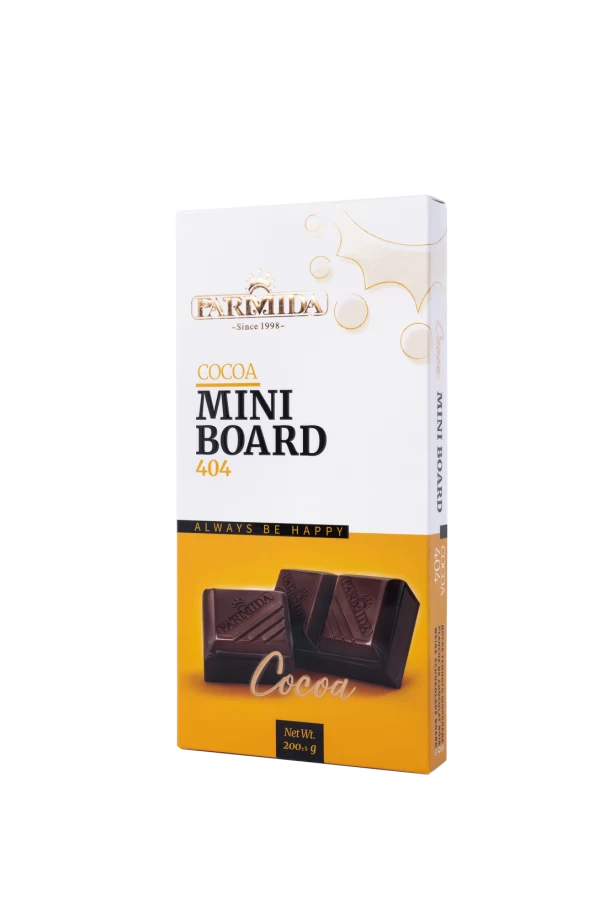


.webp)
.webp)
